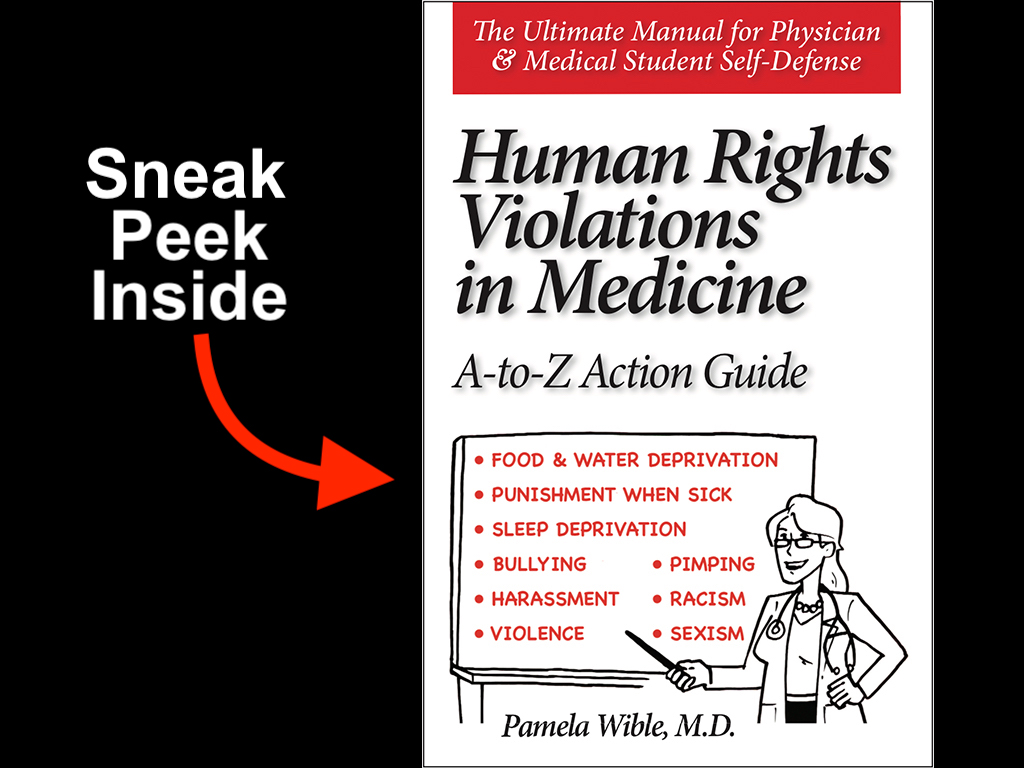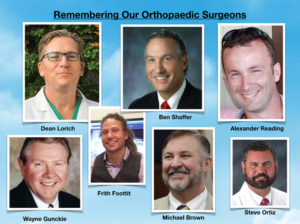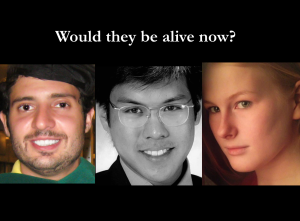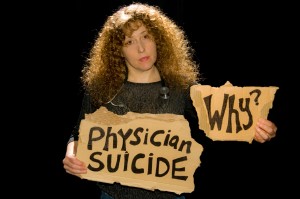Documentation Guidelines for Medicolegal Protection
I’ve been asked about medicolegal protection during the pandemic. Do you face liability from lack of PPE, rationing ventilators, working outside your scope of practice. How to manage administrative threats, retaliation, forced “volunteerism” without pay, and lack of supervision for medical trainees. I strongly advise documenting ALL hazardous working conditions and violations of your human rights by any medical institution that endangers you or your patients. Maintain documentation at home and when relevant—in the medical record.
Medical liability cases are won or lost on documentation. Without a comprehensive medical record, you can’t defend yourself. Protections of your rights may be lost if you fail to act within the statute of limitations. Do not naively assume things will get better. Do not naively trust politicians and promises that you are protected during a pandemic. Your career and future are on the line. TAKE ACTION NOW with these 11 strategies . . .
1. Document everything. Write a memo to yourself describing any interaction that makes you feel uncomfortable. Note the date and time and everyone present. Email it to yourself using a personal email address.
2. Record everything. Use your cell phone to audio record the abuser (remember many cell phone apps will turn off when you receive a phone call so use airplane mode). Alternatively, order a cheap keychain USB recording device to capture all interactions so you have detailed documentation of the encounter. PLEASE Note: In the United States crimes are legal to record. When in doubt, press record.
3. Forward all work emails to a personal HIPAA-compliant account. Medical professionals who receive harassing work emails or text messages may have their work accounts deactivated by their employer in an attempt to destroy incriminating evidence to protect an abuser. Safeguard confidential patient information and do not violate HIPAA.
4. Make at least two additional copies of all documentation. In addition to your personal computer, consider an online cloud storage option and send a USB drive to a trusted friend or family member to keep for you. Store one in a safe deposit box for added security.
5. Ask other residents or hospital employees if they are experiencing the same types of mistreatment and document their personal contact information in case other victims leave your medical institution and you need to reach them.
6. Many medical professionals don’t realize that the objective of Human Resources is to protect the company or hospital. They may pressure a victim to inappropriately confront a perpetrator or sign documents that could hurt their legal case. Keep copies of any paperwork presented to you. Never sign any documents under duress without the advice of your own attorney.
7. Document all internal efforts to report and resolve human rights violations at your medical institution. Include dates and times of your meetings with Human Resources or your ombudsman. Many academic medical centers have an ombudsman that acts as a confidential advocate. Most take their job seriously and may help you identify an attorney. Some break confidentiality.
8. Document meetings with potential attorneys and their advice. Hire an attorney with experience defending medical students, residents, and physicians, as law pertaining to each of these groups can be complex. Consider hiring a JD/MD (or DO) who understands personally the abuses of medical training. Many attorneys will work on contingency and only take a percentage of fees from a successful lawsuit.
9. Each time you are evaluated or hospitalized, immediately request a copy of your medical records. If you are obstructed in any way from receiving medical records within 30 days of your request, seek legal counsel. Medical institutions have been guilty of withholding and altering evidence.
10. Download copies of medical institution handbooks, employee contracts, and other documents related to your employment or education.
11. You have the right to a safe workplace. If your workplace is unsafe, unhealthful, or hazardous, file a confidential OSHA (Occupational Safety and Health Administration) complaint to trigger an on-site inspection by a compliance officer trained to protect workers and their rights. Then request a health hazard evaluation through NIOSH (National Institute for Occupational Safety and Health). They will perform an assessment of physician work conditions and file a report with recommendations. Three employees are required to request a NIOSH evaluation. Your identity will remain confidential.
Questions? Need to talk? Contact me here.
Or review complete self-defense strategies here. Click on Amazon book cover to read chapters for free.















I might add that, if faced with inappropriate safety measures etc, use a non-institutional email to send a correspondence voicing concerns. Details about the disagreement, back up data where available. Send to HR, Mgmt. In this way one has a record of having made this effort. It will not change any minds. What it could provide is rebuttal when the facility challenges an unemployment claim. Which, of course, it will.